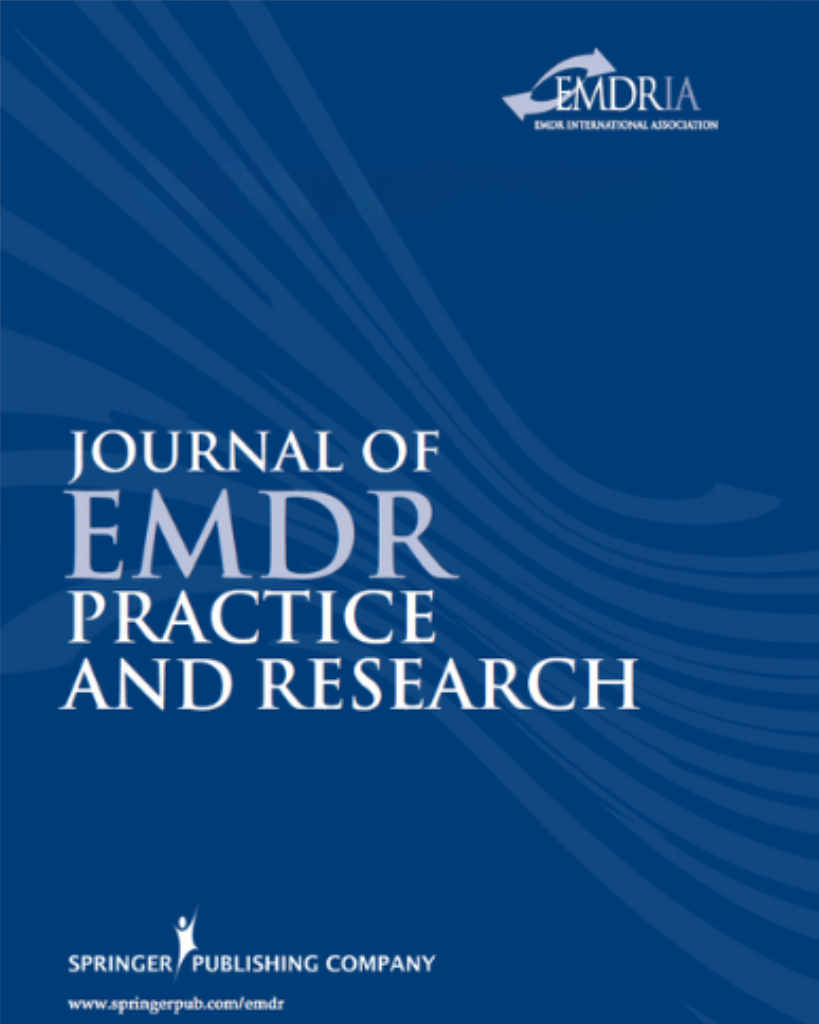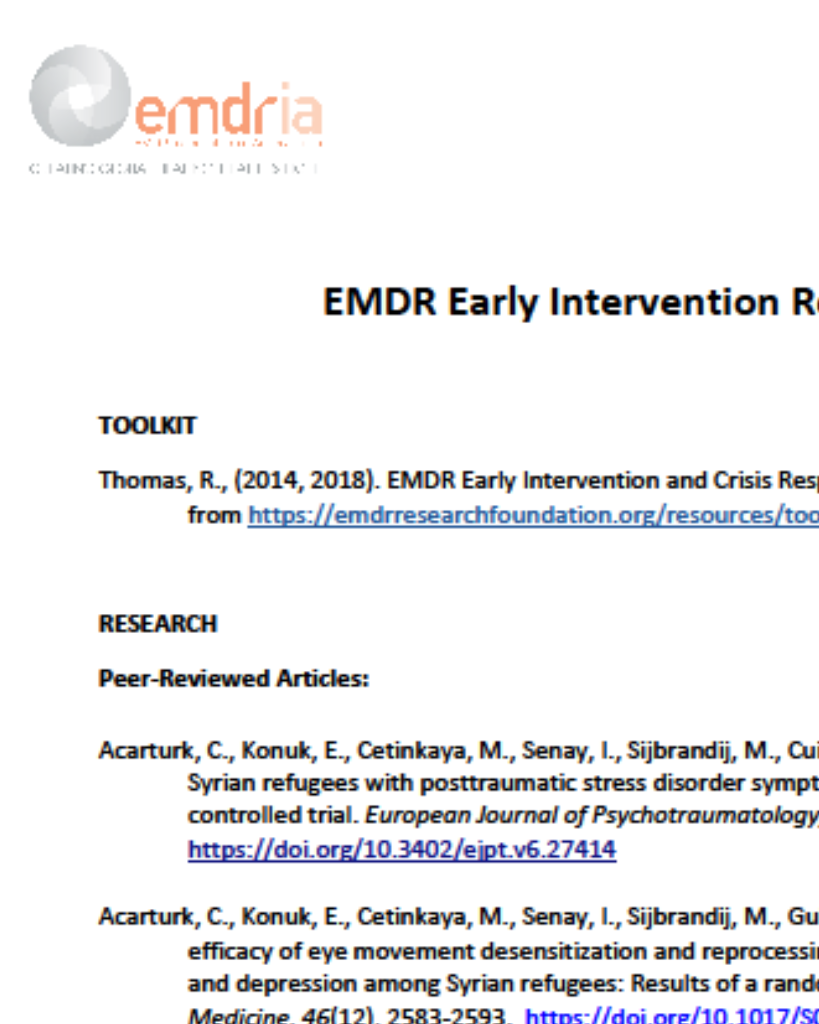Present and Accounted For: Sensory Stimulation and Parietal Neuroplasticity
Directional/bilateral alternating peripheral sensory stimulation appear to assist in the amelioration of a wide range of clinical conditions.
Article Abstract
“There are commonalities between neurologic syndromes arising from lesions of the parietal cortex and psychiatric syndromes secondary to psychological trauma. Additionally some posttraumatic syndromes may reflect functional disruption of parietal areas. Directional or bilateral alternating peripheral sensory stimulation appear to assist in the amelioration of a wide range of clinical conditions, including the neglect syndrome and Posttraumatic Stress Disorder. It is posited that the stimulation may exert its effect through activation of parietal higher-order functions. The activation may result in an integration of sensory information and an updating of the current representation of person and space, which incorporates an awareness of current body reality, sense of self, and world view. It is hypothesized that the EMDR procedure is ideally constructed to facilitate parietal activation through multimodal sensory stimulation, attention and episodic memory retrieval and focus on internal and external body, space, and self. Further investigations and an integration of data between disciplines are suggested, in order to expand our range of effective treatments.”
—Description from publisher
Article Access
Open Access
Pearson, H. J. (2009). Present and Accounted For: Sensory Stimulation and Parietal Neuroplasticity. Journal of EMDR Practice and Research, 3(1), 39–49. https://doi.org/10.1891/1933-3196.3.1.39
About the Journal
Journal of EMDR Practice and Research (JEMDR) is a peer-reviewed publication devoted to integrative, state-of-the-art papers about EMDR therapy. It is a broadly conceived interdisciplinary journal that stimulates and communicates research and theory about EMDR therapy and its application to clinical practice. JEMDR is the official publication of the EMDR International Association.
Date
February 1, 2009
Creator(s)
Heather J. Pearson
Practice & Methods
BLS, Neurobiology
Extent
11 pages
Publisher
Springer Publishing Company
Rights
Copyright © 2009 EMDR International Association
APA Citation
Pearson, H. J. (2009). Present and Accounted For: Sensory Stimulation and Parietal Neuroplasticity. Journal of EMDR Practice and Research, 3(1), 39–49. https://doi.org/10.1891/1933-3196.3.1.39
Series
3
Installment
1
Audience
EMDR Therapists
Language
English
Content Type
Peer-Reviewed
Original Source
Journal of EMDR Practice and Research
Access Type
Open Access





